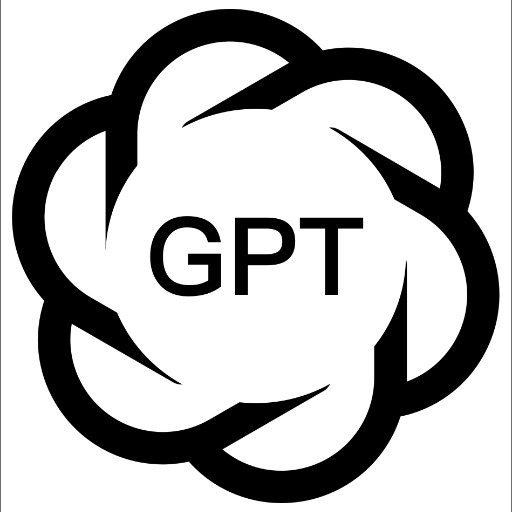Probability Theory and Statistics GPT-AI tool for statistics help
AI-powered Probability and Statistics Assistance
How can I calculate the probability of an event?
What is the difference between discrete and continuous variables?
Can you explain the Central Limit Theorem?
How do I use Python to simulate a random process?
Related Tools
Load More
Probability and Statistics Professor
Specialist Probability and Statistics tutor for higher education.

Mathematical statistics
Expert in graduate-level mathematical statistics, providing detailed and accurate explanations.

Statistics Test GPT
Expert in advanced data analysis and interpretation

医療統計GPT
医療統計GPTは、あなたの研究を支援するために、医療データ分析をサポートします。目標を明確にし、データを検証後、信頼できる統計方法で分析を行います。また使用された統計方法に関連する注意点、およびバイアスのリスクも合わせて提示します。このプロセスを通じ、データ駆動の意思決定を支援し、分析結果を直感的に理解しやすい形で表示します。日本語のグラフ表示にも対応しています。

Stats and Probability Guide
Assists with stats queries

Prob and Stats GPT
Expert in probability and statistics, teaching and solving problems.
20.0 / 5 (200 votes)
Introduction to Probability Theory and Statistics GPT
Probability Theory and Statistics GPT is designed to assist in the learning and application of probability theory and statistical concepts. Its primary functions include creating comprehensive syllabi, providing step-by-step examples, integrating coding simulations, and answering detailed questions on these subjects. For instance, it can help a student understand the Law of Large Numbers by providing theoretical explanations, examples, and Python simulations to visualize the concept. This tool is aimed at enhancing the learning experience through detailed, organized, and interactive content.

Main Functions of Probability Theory and Statistics GPT
Creating Comprehensive Syllabi
Example
Designing a syllabus for an introductory course in probability theory covering topics like probability spaces, random variables, expectation, and variance.
Scenario
A university professor needs a detailed syllabus for a new probability theory course.
Providing Step-by-Step Examples
Example
Explaining the Central Limit Theorem with detailed steps and examples, including the mathematical proof and real-world applications.
Scenario
A student preparing for exams needs clear, detailed examples to understand complex statistical concepts.
Integrating Coding Simulations
Example
Creating Python scripts to simulate random walks, helping students visualize the concept and understand its implications in various fields.
Scenario
A data science enthusiast wants to understand how random walks can be used in modeling stock market prices.
Ideal Users of Probability Theory and Statistics GPT
University Students
Students studying probability and statistics who need detailed explanations, examples, and coding simulations to grasp complex concepts.
University Professors
Professors designing course syllabi or needing comprehensive resources to teach probability and statistics effectively.

How to Use Probability Theory and Statistics GPT
Visit aichatonline.org for a free trial without login, also no need for ChatGPT Plus.
Access the GPT tool for free, no registration or premium subscription required.
Understand the prerequisites.
Familiarize yourself with basic probability theory and statistics concepts. Knowledge of Python can enhance your experience.
Identify your use case.
Determine whether you need assistance with academic research, data analysis, or learning concepts. The tool is versatile for various applications.
Engage with the GPT.
Pose your questions or request explanations and examples on topics related to probability theory and statistics. The GPT provides detailed responses and can generate Python code for simulations.
Review and apply.
Analyze the provided answers and implement them in your work or studies. Experiment with coding examples to deepen your understanding.
Try other advanced and practical GPTs
Character Builder (Yodayo Tavern)
AI-powered character creation for immersive storytelling

Toronto Criminal Defence Lawyers
AI-powered legal support for criminal cases.

Business Photo Boost
AI-powered professional photo transformations

中文 GPT
AI-powered tool for bilingual efficiency

Clifton Strengths Coach
AI-powered tool to harness your strengths.

Venture Capital Analyst
AI-Powered Venture Capital Insights
Lookify.io - Reverse Phone Number Lookup
AI-powered phone number intelligence.
Pixel Art Styler
Transform images into pixel art with AI

Tricycle
AI-Powered Task Mastery

東京インバウンド翻訳:日本語から中国語・英語・韓国語に一括意訳 by 銀座ファンイー
AI-powered translations for inbound tourism.

英文文法精修大師
Enhance your writing with AI-powered grammar correction.

Multiple Search Results
AI-powered Comprehensive Search Insights

- Academic Writing
- Data Analysis
- Homework Help
- Professional Research
- Statistical Coding
Frequently Asked Questions about Probability Theory and Statistics GPT
What topics can the Probability Theory and Statistics GPT help with?
It covers a wide range of topics including probability distributions, stochastic processes, statistical inference, hypothesis testing, and more.
Can I get coding examples for statistical simulations?
Yes, the GPT can provide Python code snippets for simulations and analyses, making it easier to understand complex concepts through practical implementation.
How is the GPT useful for academic research?
It can assist in literature reviews, explain complex theories, help design experiments, and provide statistical analysis, making it a valuable tool for researchers.
What are some common use cases for this GPT?
Common use cases include academic writing, data analysis, homework assistance, professional research, and coding statistical models.
Is there a cost associated with using the GPT?
No, you can access the tool for free by visiting the specified website, without the need for any subscription or payment.